In 2025, going off-road might just mean going broke.
Once a pastime of blue-collar adventurers and DIY trail warriors, off-roading has increasingly become a luxury sport—marketed by automakers with glossy commercials and Instagram-worthy rooftop tents slapped on $60,000 SUVs. But as the prices of trucks and 4x4s skyrocket, longtime enthusiasts are left wondering what happened to the simple rigs that got them hooked in the first place.
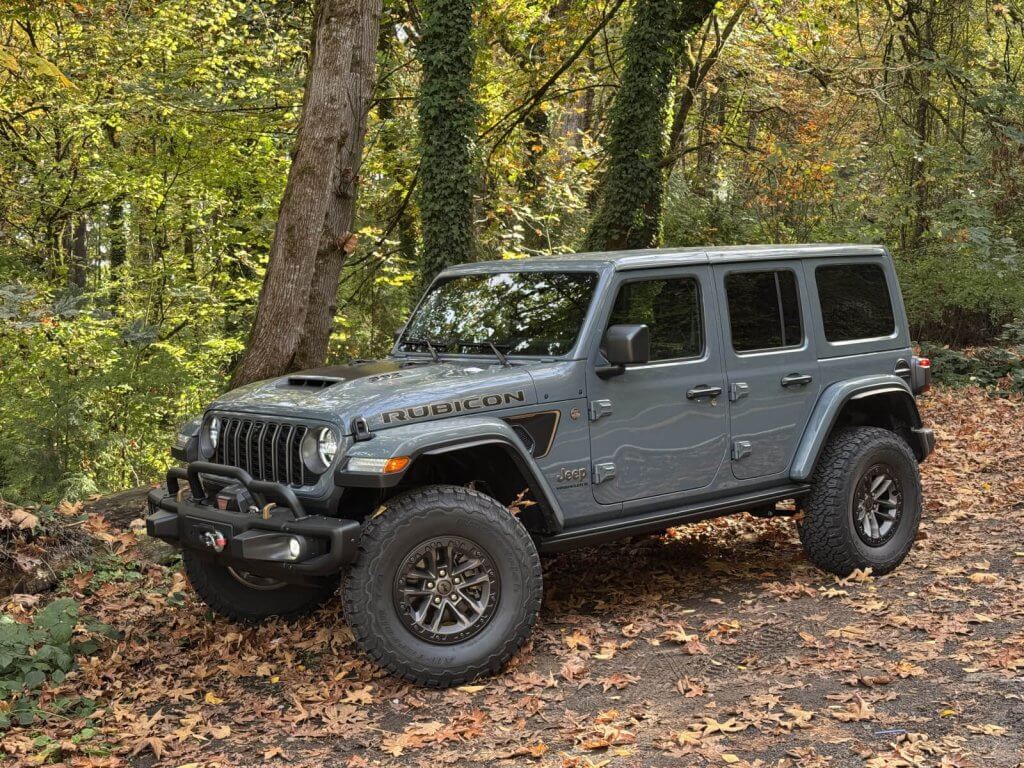
Today, if you want a decently equipped off-road SUV, you’re likely staring down a price tag north of $50,000. A base Jeep Wrangler Rubicon? Nearly $50K before taxes and dealer markups. A Toyota 4Runner TRD Pro? Expect to shell out close to $60K. And that’s before you start modifying it for real trails.
Meanwhile, the trail-tested veterans of yesterday—like the Isuzu Amigo Ironman Edition, the rugged Nissan Xterra, or an early 2000s Toyota 4Runner—were affordable, capable, and built for abuse. They didn’t need 15-inch screens or five different terrain modes. They had a transfer case, good clearance, and owners who knew how to drive.
As more and more enthusiasts feel priced out of the market, one thing is clear: off-roaders don’t want more tech. They want fewer frills, lower prices, and the kind of mechanical honesty that used to define this hobby. And while the Suzuki Jimny has become a symbol of that movement globally, the U.S. market has been left behind—ignored by manufacturers who confuse outdoor lifestyles with true off-road capability.
Yesterday’s Heroes: Affordable Off-Roaders That Got the Job Done
Before every manufacturer was competing for Instagram clout and Overland Expo booth space, there was a golden age of off-road vehicles built for function, not flash. These rigs weren’t loaded with tech, and they didn’t require a second mortgage. They were mechanical, dependable, and accessible—even to first-time off-roaders.

Isuzu Amigo Ironman Edition
The Isuzu Amigo, particularly the Ironman Edition of the late ’90s, is a cult favorite among old-school off-roaders. It had a short wheelbase, rear-wheel drive or part-time 4WD, and in Ironman trim, a suspension tuned for real trail work. It wasn’t luxurious, but it was fun, durable, and quirky. And crucially—it was cheap. The Amigo could be found on used lots for a few thousand dollars, and its simple mechanicals made it easy to repair and mod.
Nissan Xterra
The Xterra, introduced in 2000, was Nissan’s answer to the outdoorsy buyer who didn’t want to spend big bucks. Advertised with the tagline “Everything you need, nothing you don’t,” the Xterra delivered rugged body-on-frame construction, a rear locker in the PRO-4X trim, and simple interiors that could be hosed down after a muddy trail day. It was made for real use, not posing. And it became a staple of off-road clubs across the country.
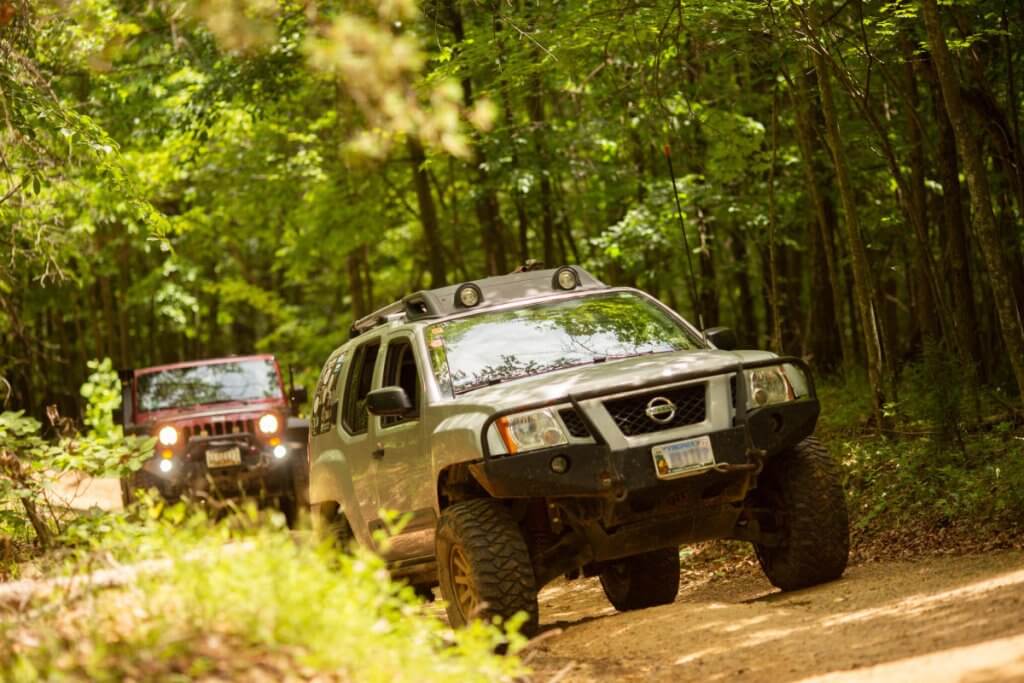
Toyota 4Runner (1990s–early 2000s)
Back when the 4Runner was still rough around the edges, it earned a loyal fanbase. These older models featured solid engineering, stout suspension components, and interiors that were built to last. The third-generation 4Runner, in particular, offered a strong V6, real low-range gearing, and outstanding reliability. Best of all? You could buy one new in the early 2000s for around $25,000.
Jeep Cherokee XJ
The XJ was probably the best “everyman” off-roader ever made. Lightweight, durable, with a torquey inline-six engine and solid axles front and rear—it didn’t pretend to be anything it wasn’t. With minimal electronics and a massive aftermarket, the Cherokee XJ remains one of the most modified and trail-proven platforms to this day. And until recently, you could snag one for under $5,000.
These rigs were never about touchscreen interfaces or adaptive cruise control. They were about trail readiness, affordability, and reliability. Today, off-roaders look back at them not with nostalgia, but with frustration—because nothing like them is being made anymore.
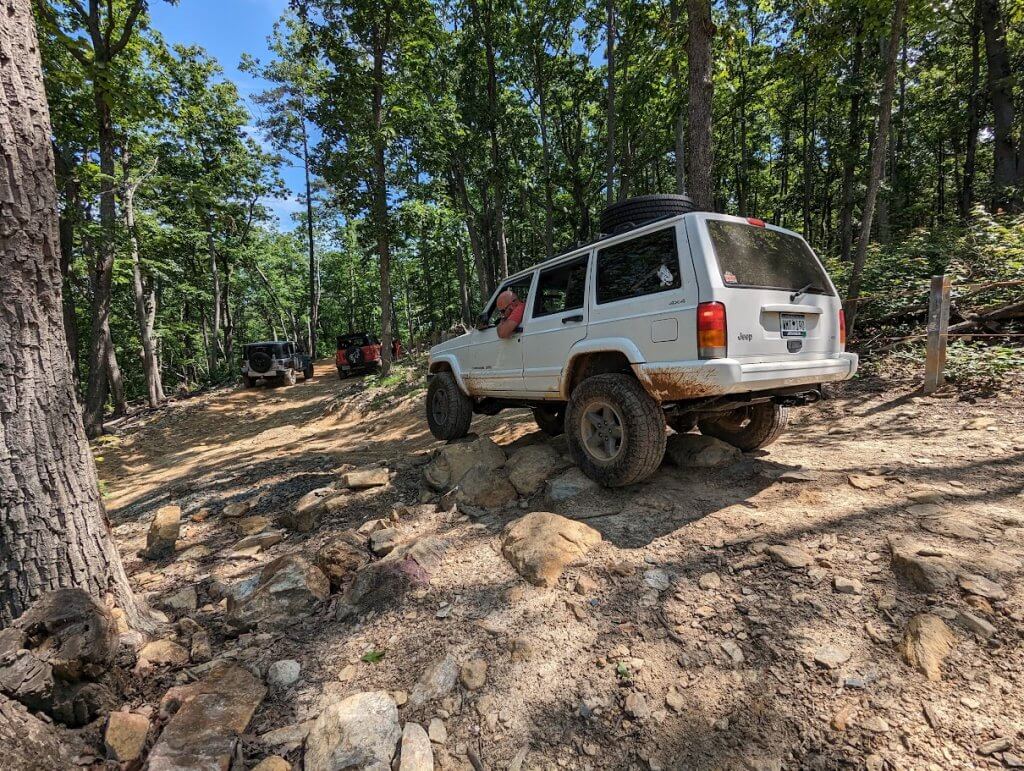
The 2025 Price Crisis
Fast forward to today, and buying a new off-road-ready vehicle feels more like buying a luxury item than a tool. It’s no secret that prices have soared. A well-equipped 2025 Ford Bronco Wildtrak easily pushes $65,000. Even midsize trucks like the Toyota Tacoma TRD Pro or Chevy Colorado ZR2 Bison now flirt with $60,000. The Jeep Wrangler Rubicon 392? You’re looking at $90,000-plus. And these prices aren’t including taxes, dealership fees, insurance hikes, or the inevitable cost of aftermarket modifications.
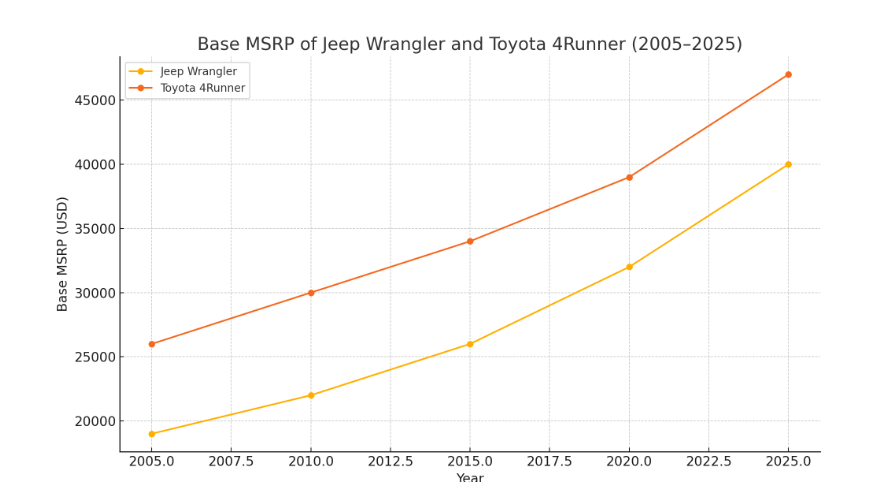
Worse, many of these rigs now come standard with a suite of high-tech systems that not every off-roader wants—or trusts. Adaptive cruise control, lane assist, massive infotainment screens, and complicated driving modes add to the cost but don’t necessarily improve capability. For purists, the added complexity is a liability. Who wants to worry about touchscreen lag when you’re trying to crawl over rocks?
Then there’s the markup game. Dealers have taken advantage of supply chain issues and limited production runs, tacking on $5,000–$20,000 “market adjustments” for in-demand trims. Suddenly that $52,000 Wrangler becomes a $70,000 purchase—and that’s before you’ve bought a winch, lift, or skid plates.
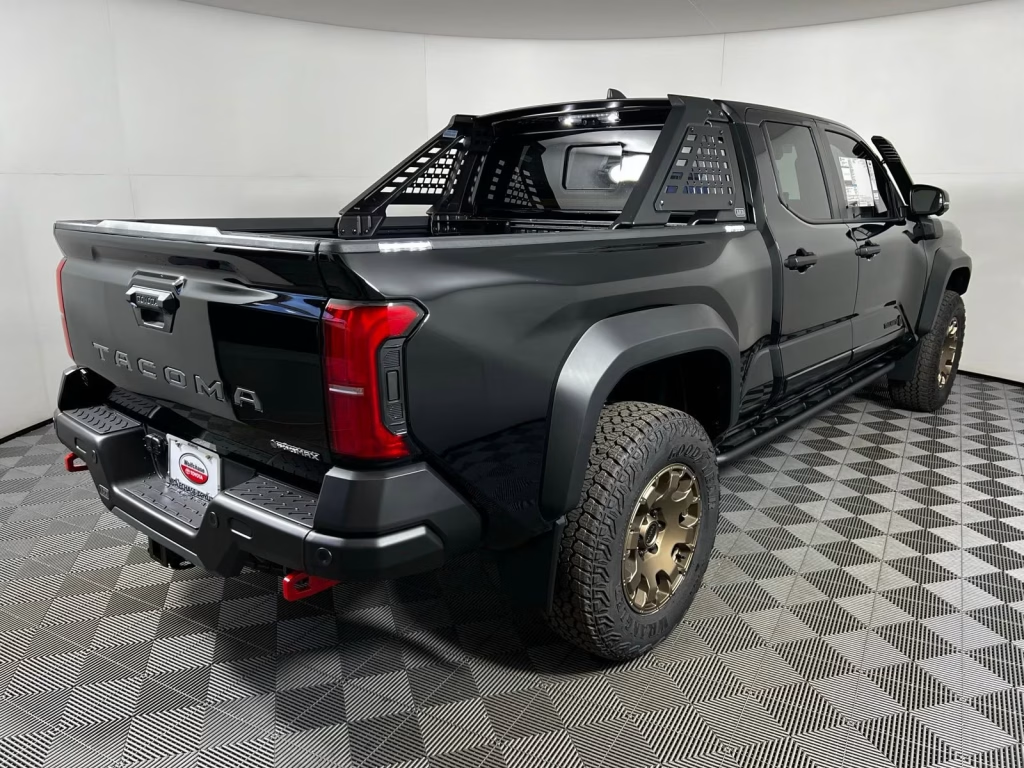
Insurance companies, too, have adjusted their premiums for high-value vehicles with costly-to-replace tech. Add it all up, and you’re not just buying a truck—you’re buying into a financial commitment that stretches years and restricts your ability to use the vehicle as it was intended: off-road, scratched up, and dirty.
The Call for Simplicity: What Enthusiasts Want
Talk to anyone in your local off-road group, and you’ll hear the same refrain: “I don’t want a rolling computer. I want a rig I can fix on the trail.” There’s a rising chorus of voices in the off-road world calling for a return to simple, mechanical, and affordable vehicles that don’t require a computer science degree to troubleshoot.
Trail veterans long for manual transmissions, mechanical transfer cases, solid axles, and body-on-frame toughness. They want interiors that are easy to clean, not trimmed in piano black plastic. They want dashboards with knobs, not scrollable menus. And most of all, they want vehicles that can take a beating without the fear of voiding a warranty because a proximity sensor got wet.
The truth is, most modern buyers don’t need all the extras. For weekend warriors and backcountry explorers alike, reliability, clearance, and good tires matter far more than 12-way power seats or 19-speaker audio systems. But automakers keep bundling these features into mandatory trim levels, forcing off-roaders to pay for what they don’t want.
The Suzuki Jimny: The Unicorn We Can’t Have
If ever there was a vehicle that captured the off-roader’s wish list, it’s the Suzuki Jimny. Compact, lightweight, equipped with a proper low-range gearbox, and styled like a shrunken G-Wagon, the Jimny is beloved across the globe. It’s used by farmers, overlanders, rescue teams, and hobbyists alike. It doesn’t try to be everything—it just tries to be capable. And it succeeds.
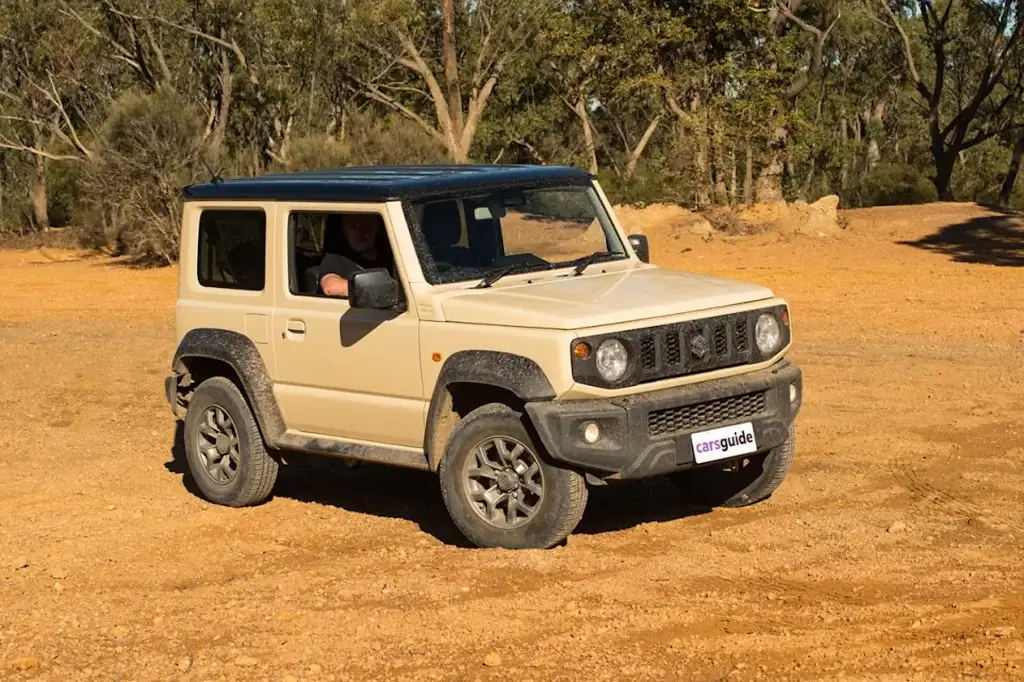
Priced affordably in markets where it’s available (typically under $25,000 USD equivalent), the Jimny represents exactly what American off-roaders are asking for: simplicity, mechanical purity, and trail capability without luxury car price tags.
So why can’t we get it here? U.S. regulations on crash safety and emissions, combined with Suzuki’s retreat from the U.S. market in 2012, have made it a no-go. And while some have hoped for a loophole import or a rebranded version under another badge, no mainstream automaker has stepped up to fill the void.
This absence only intensifies the frustration. If Suzuki can build a budget-friendly, trail-ready 4×4 that people love in other countries, why can’t Toyota, Ford, or Jeep do the same here?
What Manufacturers Could Do
There’s a huge opportunity here. If a major automaker offered a stripped-down, purpose-built off-roader for under $30,000, it would sell—fast. Think of it like the Ford Maverick strategy: give people the essentials in a small, affordable package, and watch demand explode.
An ideal back-to-basics rig would include:
- A real 4WD system with low range
- Body-on-frame or highly durable unibody construction
- Solid or semi-solid axles
- Steel wheels and all-terrain tires
- Simple interior, hose-out floors
- Minimal driver aids and electronics
- Manual transmission optional
There’s precedent for this. Look at the success of the Jeep Gladiator Willys or Ford Bronco Base trims—people want capability, not clutter. And while a luxury off-roader has its place, it shouldn’t be the only option on the lot.
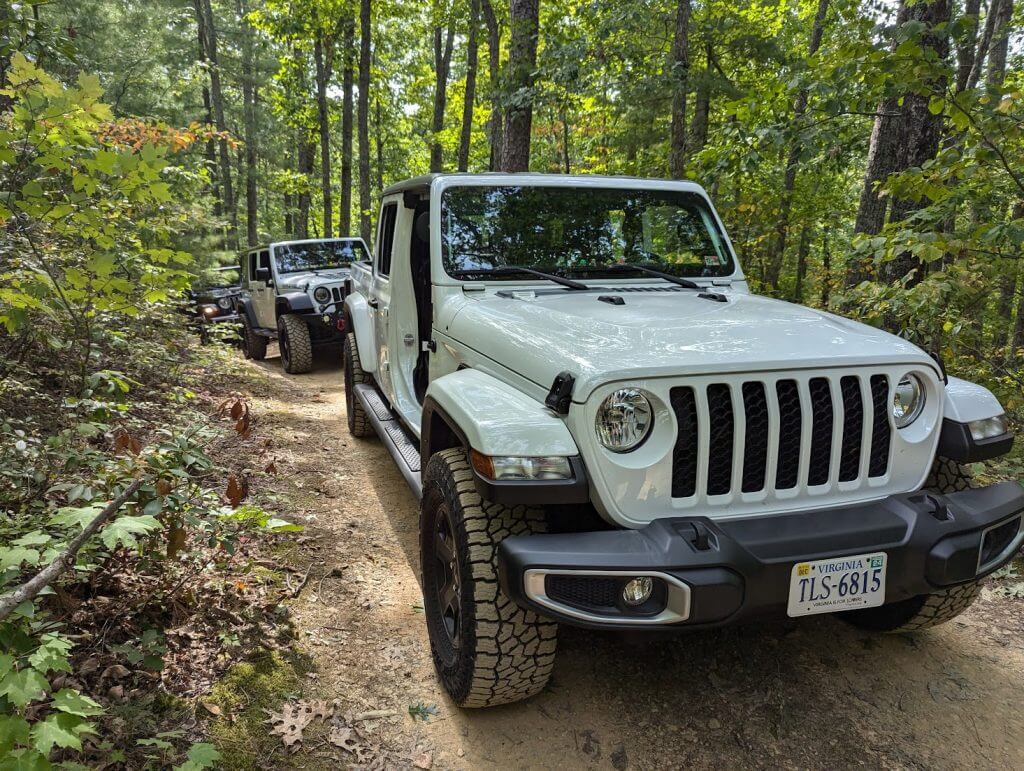
Manufacturers need to start listening—not to the lifestyle influencers, but to the people actually using these rigs in mud, sand, rocks, and snow. The off-road community is tight-knit, vocal, and incredibly brand loyal when a company gets it right. Build us something we can afford and trust, and we’ll be customers for life.
Conclusion
Off-roading shouldn’t be a luxury sport. It should be accessible, mechanical, and honest. But in 2025, the cost of entry has become too high, and the trucks too fancy.
For those who grew up wrenching on XJs, rolling old 4Runners down fire roads, or bouncing a clapped-out Xterra over rocks, the current landscape feels like a betrayal. It’s not that modern rigs aren’t capable—they’re incredible. But they’re not attainable.
The off-road world doesn’t need more screens or chrome. It needs a comeback story. One where the average enthusiast can walk into a dealership and drive out with something trail-ready for under $30K. Until then, we’ll keep wrenching on our classics, watching global Jimny videos, and hoping that one day soon, someone builds a rig for the rest of us.
The trail is calling. Let’s just hope we can afford to answer.



No responses yet